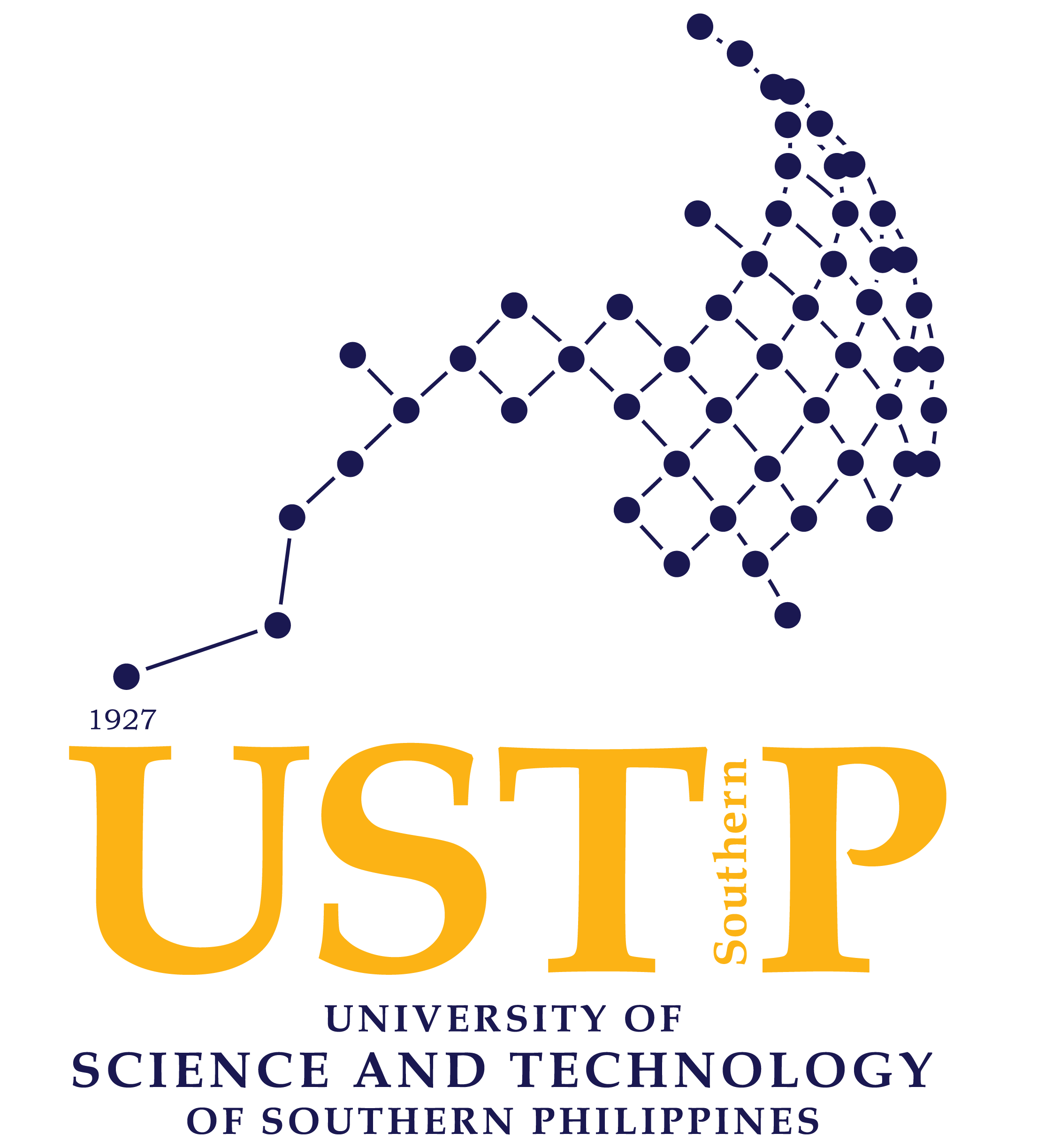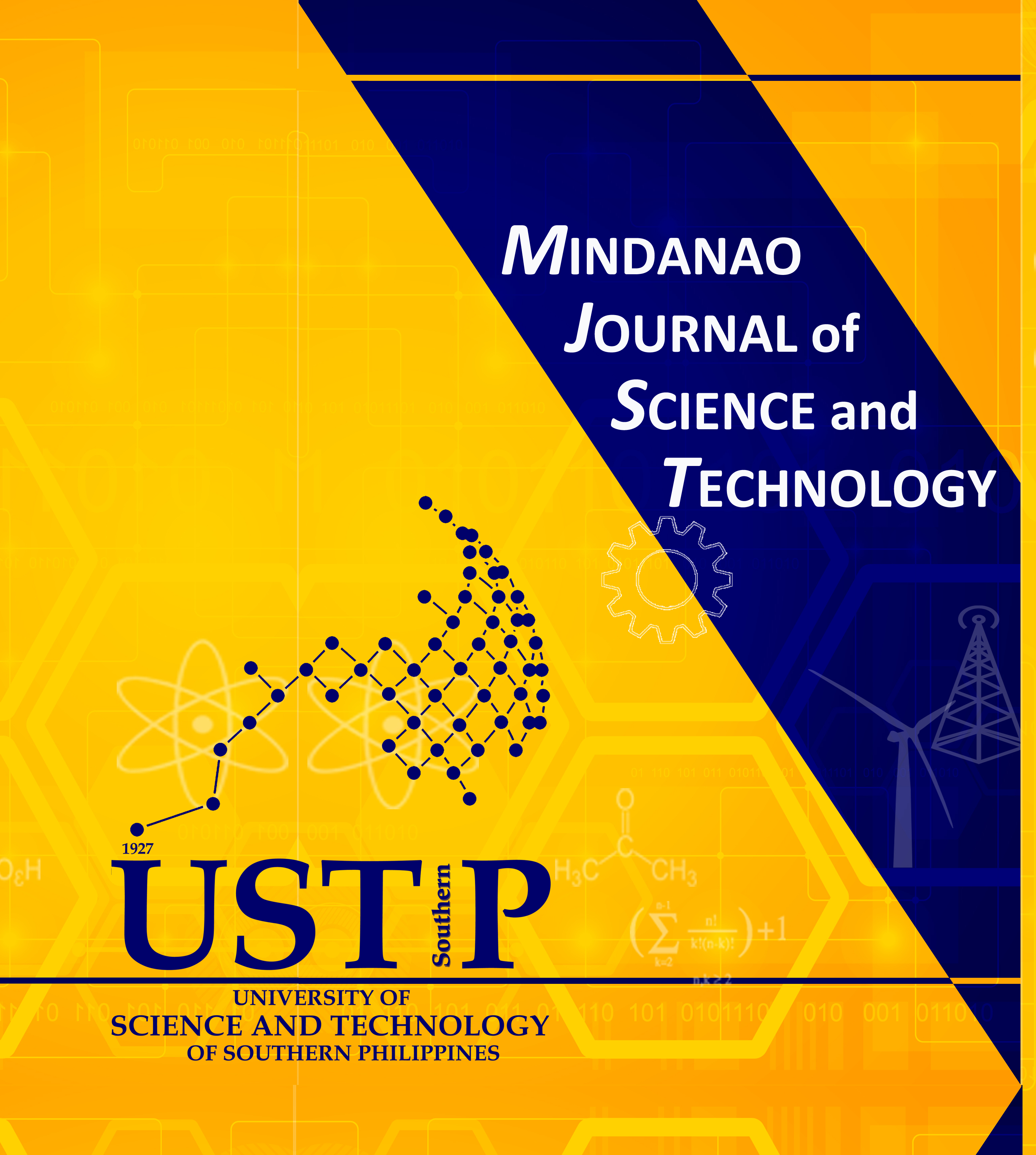Biochemical Oxygen Demand (BOD5) Reduction Using Chitin Containing Microbes for River to Reef Protection
DOI:
https://doi.org/10.61310/mjst.v22iS1.2215Keywords:
biochemical oxygen demand, chitin, effective microorganisms microdiffusers, MBBRAbstract
Chitin, a widely abundant biopolymer from insects and crustaceans, along with effective microorganisms (EM), was evaluated for its potential to reduce wastewater pollutants, particularly biochemical oxygen demand (BOD5). This study attempted to address the gap in cost-effective and environmentally friendly wastewater treatment methods. The objective of this study was to assess the combined effect of chitin and EM on BOD5 reduction and other contaminants. Wastewater samples were treated with chitin and EM mixtures, and BOD5 was measured after a five-day incubation at 20 °C. Results showed a significant reduction in BOD5 from 319 to 11 mg/L, after immediate application of the chitin-containing EM in combination with aeration-supplied microdiffusers and moving bed biofilm reactor (MBBR), with an additional decrease in pollutant levels, indicating improved water quality. This approach demonstrated the potential of using chitin and EM with micro diffusers and MBBR for enhanced wastewater treatment and ecosystem protection, especially in river systems where severe pollution is indicated by BOD5 values exceeding 8 mg/L. The findings provide a foundation for sustainable bioremediation practices. Such technology could be considered sustainable and productive for the agricultural sector and the environment, in general since both chitin and EM are renewable and biologically safe and secured.










